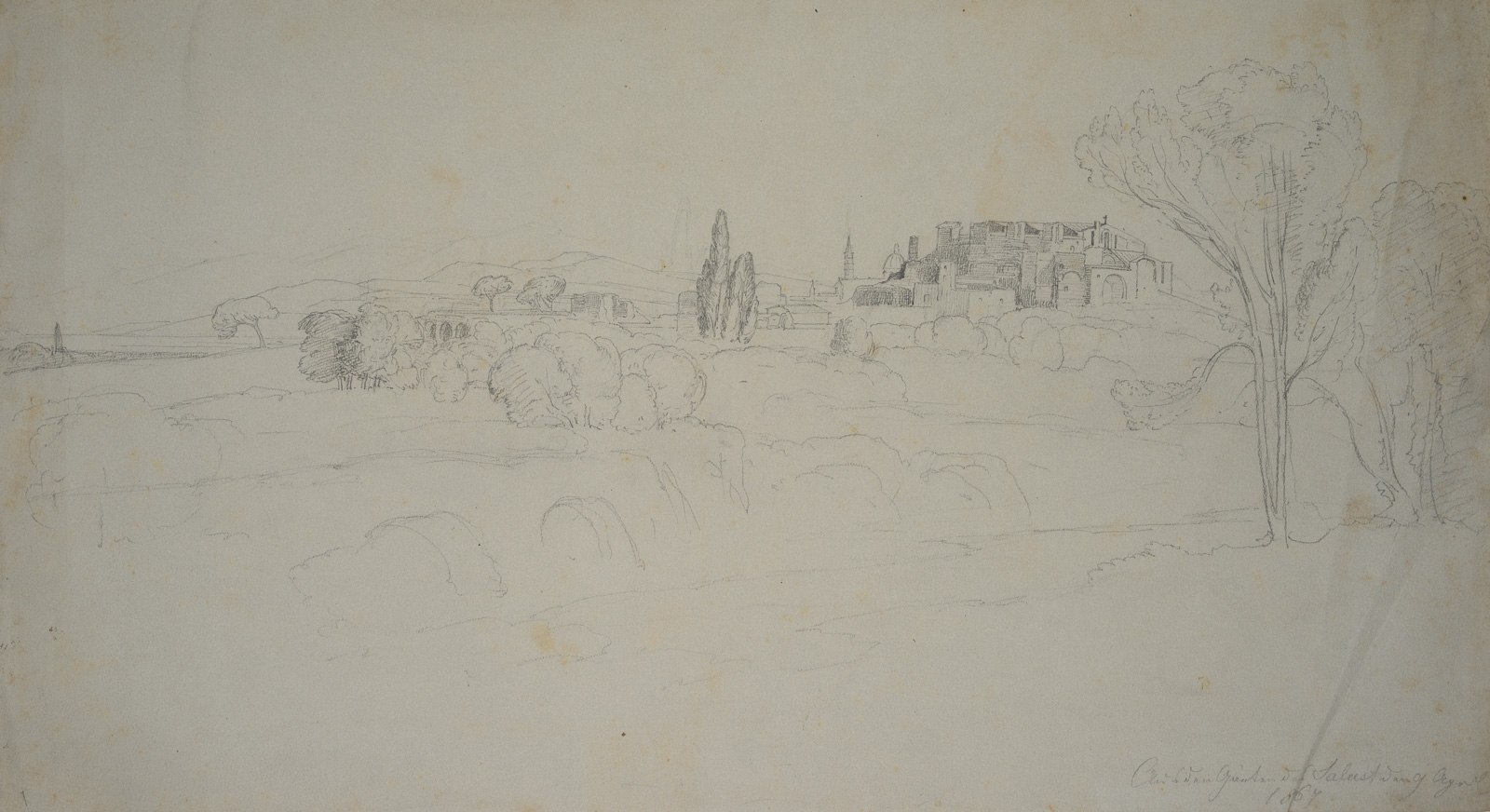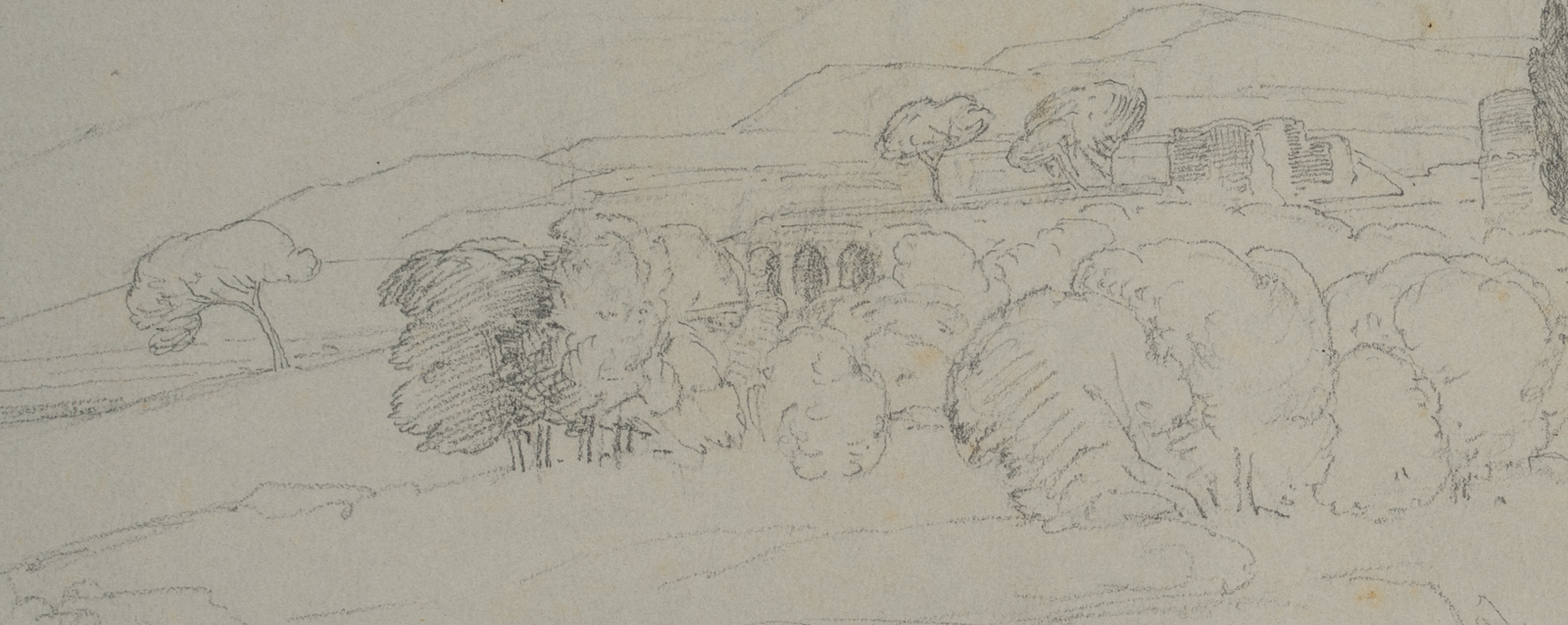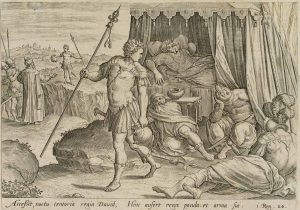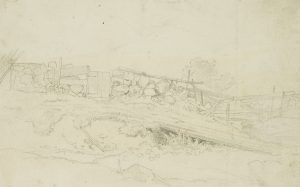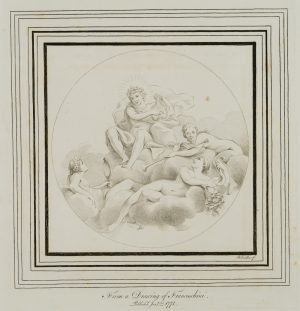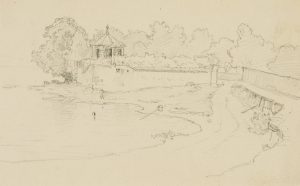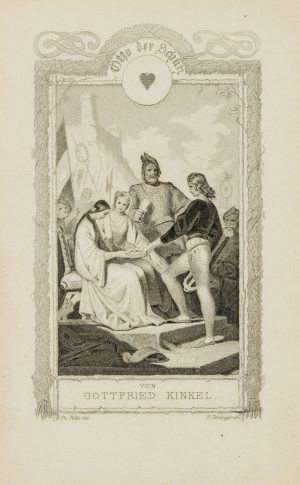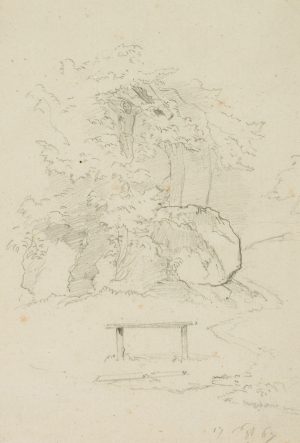Therese Weber (1813 Nymphenburg – 1875 München), “Aus den Gärten des Sallust”, Horti Sallustiani, 1867, Bleistift
- Technik: Bleistift auf Papier
- Bezeichnung: In der unteren rechten Ecke von der Künstlerin in Bleistift betitelt und datiert: “Aus den Gärten des Sallust den 9 August 1867”
- Datierung: 1867
- Beschreibung: Sehr schöne, weite Landschafts- und Architekturdarstellung aus den Gärten des Sallust; die große Parkanlage im Norden Roms wurde von Caesar angelegt und war später im Besitz des Politikers und Historikers Gaius Sallustius Crispus (86-34 v. Chr.); im Barock wurde sie von der Familie Ludovisi neu angelegt, im 19. Jahrhundert überbaut; Fundort zahlreicher berühmter Statuen.
Aus der Hand der Münchner Landschafts- und Blumenmalerin Therese Weber. Schülerin der angesehenen Landschaftsmaler Christian Morgenstern und Carl Rottmann sowie des führenden Tier- und Schlachtenmalers Albrecht Adam in München; Studienreisen in die Schweiz, die Bayerischen Alpen, nach Italien und Frankreich. Die Künstlerin, die für den Botaniker Dr. Eisele ein Herbarium der europäischen Flora schafft und kleine Bücher wie etwa “Vorlagen für Blumenmalerei”, “Garten-, Feld- und Waldblumen” und “Alpenflora” sowie als Mal-und Zeichenlehrerin für ihre Schülerinnen “Musteranleitungen” zum theoretischen Unterricht herausgibt, genießt bald einen solch guten Ruf, dass Wilhelm von Kaulbach sie als “die erste Blumenmalerin der Welt” bezeichnet. Das Salon-Atelier der umfassend gebildeten und erfolgreichen romantischen Landschaftsmalerin in München wird zu einem Künstlertreff, in dem u.a. Ernst Willers, Johann Gottfried Steffan und Ludwig Neureuther verkehren. Noch Jahrzehnte nach ihrem Tod werden Arbeiten auf der Münchner Glaspalast-Ausstellung gezeigt. - Schlagworte: Landschaft, Architektur, Deutschland, Romantik, 1850-1899
- Größe: 26,5 cm x 47,5 cm
- Zustand: Die Zeichnung der Künstlerin Therese Weber – von Kaulbach als “die erste Blumenmalerin der Welt” bezeichnet – macht einen wunderbaren Eindruck. In den Blattecken und -rändern sind stellenweise Knickspuren festzustellen; mit braunen Flecken.
English Version:
Therese Weber (1813 Nymphenburg – 1875 Munich), “From the Gardens of Sallust”, Horti Sallustiani, 1867, Pencil
- Technique: Pencil on Paper
- Inscription: Titled and dated by the artist in pencil in the lower right corner: “From the Gardens of Sallust, 9 August 1867”.
- Date: 1867
- Description: Very beautiful, wide landscape and architectural depiction from the gardens of Sallust; the large park in the north of Rome was laid out by Caesar and later owned by the politician and historian Gaius Sallustius Crispus (86-34 BC); in the Baroque period it was newly laid out by the Ludovisi family, built over in the 19th century; site of numerous famous statues.
From the hand of the Munich landscape and flower painter Therese Weber. Pupil of the distinguished landscape painters Christian Morgenstern and Carl Rottmann as well as the leading animal and battle painter Albrecht Adam in Munich; study trips to Switzerland, the Bavarian Alps, Italy and France. The artist, who created a herbarium of European flora for the botanist Dr. Eisele and published small books such as “Vorlagen für Blumenmalerei”, “Garten-, Feld- und Waldblumen” and “Alpenflora” and, as a painting and drawing teacher, “Musteranleitungen” for her pupils’ theoretical instruction, soon enjoyed such a good reputation that Wilhelm von Kaulbach described her as “the first flower painter in the world”. The salon studio of the comprehensively educated and successful Romantic landscape painter in Munich becomes an artists’ meeting place, frequented by Ernst Willers, Johann Gottfried Steffan and Ludwig Neureuther, among others. Decades after her death, works are still shown at the Munich Glaspalast exhibition. - Keywords: 19th century, Romanticism, Landscapes, Germany,
- Size: 26,5 cm x 47,5 cm (10,4 x 18,7 in)
- Condition: The drawing by the artist Therese Weber – described by Kaulbach as “the first flower painter in the world” – makes a wonderful impression. There are traces of creasing in places in the sheet corners and edges; with brown spots.

